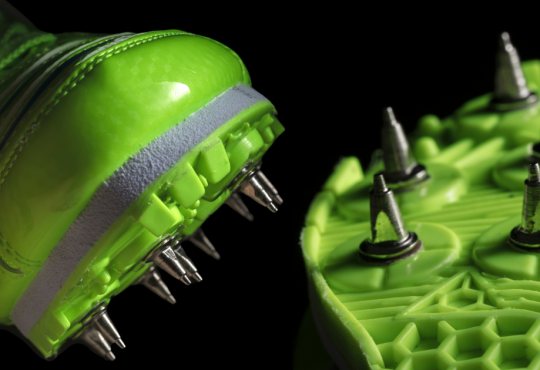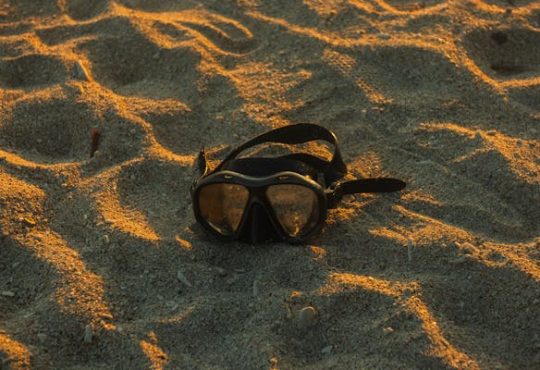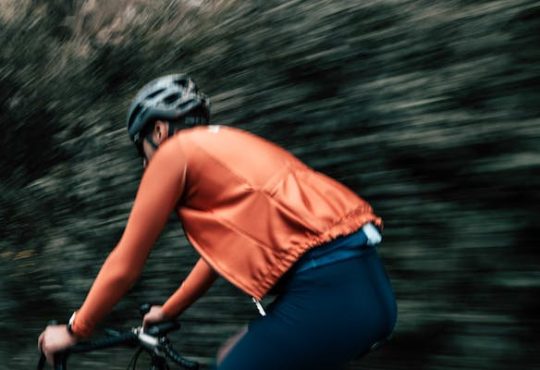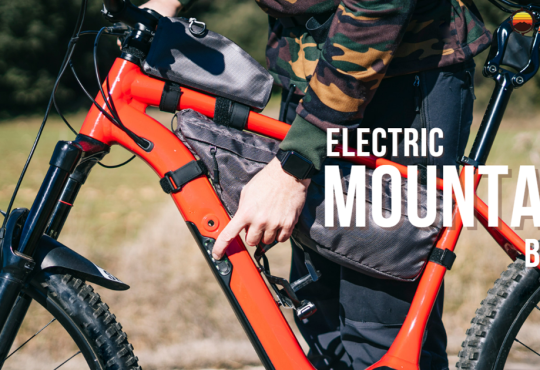Welcome to the thrilling world of skateboarding! Whether you’re inspired by the slick moves of professionals or just seeking a fun way to get around, learning how to start skating as a beginner is an exciting journey. But where do you start? Fear not! This comprehensive guide will walk you through the basics of how to skate for beginners step by step, ensuring you hit the pavement with confidence and style. From choosing the right gear to mastering essential techniques, let’s dive into the world of skateboarding and kick-start your skating adventure!
Understanding the basics
Get the Right Gear:
Before you roll into the skate park, you’ll need to gear up properly. Here’s what you’ll need:
Skateboard: Choosing the right skateboard is essential for beginners. Look for a sturdy, mid-sized board that provides stability and control while you learn the basics. A board with a width ranging from 7.5 to 8.5 inches is ideal for most beginners, offering a balance between maneuverability and stability. Additionally, consider the deck material – maple wood is a popular choice for its durability and responsiveness.
Protective Gear: Safety should always come first when learning to skate. Invest in quality protective gear to minimize the risk of injury. This includes:
- Helmet: Protect your head from impact with a certified skateboard helmet. Look for one that fits snugly and has adequate padding for comfort.
- Knee Pads: Shield your knees from abrasions and impacts with sturdy knee pads. Choose pads with hard shells and secure straps for maximum protection.
- Elbow Pads: Guard your elbows against scrapes and bruises with durable elbow pads. Opt for pads that offer full coverage and flexibility for unrestricted movement.
- Wrist Guards: Support and protect your wrists from sprains and fractures with well-fitted wrist guards. Look for guards with reinforced splints and adjustable straps for a secure fit.
Proper Footwear: The right footwear can make a significant difference in your skateboarding experience. Select flat-soled shoes with excellent grip to help you maintain control on the board. Skate shoes are specifically designed for skateboarding, featuring durable construction, reinforced stitching, and grippy outsoles that provide traction on the grip tape. Look for shoes with padded collars and tongues for added comfort and protection while riding.
Find Your Stance:
Discovering your stance is crucial for stability and control on the board. Whether you’re regular or goofy-footed, finding the right stance sets the foundation for your skateboarding journey. Here’s how to determine your stance:
Stand Naturally: Start by standing in a relaxed, upright position with your feet shoulder-width apart. Allow your arms to hang naturally by your sides, and keep your weight evenly distributed between both feet.
Have Someone Push You: Enlist the help of a friend or family member to gently push you forward from behind. The push should be light and steady, mimicking the motion of propelling yourself on a skateboard.
Observe Your Instinctive Response: As you’re pushed forward, pay close attention to which foot instinctively moves forward to catch your balance. Your lead foot is the one you naturally place in front to stabilize yourself.
Determine Your Stance: Based on your instinctive response, you can determine whether you have a regular or goofy stance:
- Regular Stance: If your left foot moves forward to catch your balance, you’re likely in a regular stance. In this stance, your left foot serves as your lead foot, positioned toward the front of the board, while your right foot rests toward the back.
- Goofy Stance: If your right foot moves forward when pushed, you’re likely in a goofy stance. In this stance, your right foot becomes your lead foot, positioned at the front of the board, while your left foot remains toward the back.
Experiment and Adjust: It’s normal for beginners to experiment with their stance and make adjustments as they become more comfortable on the board. Don’t be afraid to try both regular and goofy stances to see which feels most natural and provides the best stability and control for you.
Master Basic Foot Placement:
Now that you’ve found your stance, it’s time to focus on mastering basic foot placement. Proper foot positioning is essential for maintaining stability, control, and balance on the skateboard. Follow these steps to ensure your feet are placed correctly on the board:
Place Your Lead Foot: Your lead foot, determined by your skateboarding stance (regular or goofy), should be positioned near the front of the skateboard. Place the ball of your foot just behind the front set of bolts, which secure the trucks to the deck. Angle your lead foot slightly toward the nose of the board, ensuring it’s comfortable and secure.
Position Your Back Foot: Your back foot plays a crucial role in maintaining stability and control, especially when performing maneuvers and tricks. Position your back foot on the tail of the skateboard, which is the raised end of the deck opposite the nose. Angle your back foot slightly toward the edge of the board for additional stability and grip.
Keep Your Knees Bent: Bending your knees is essential for maintaining balance and absorbing shocks while riding. Keep your knees slightly bent, allowing for flexibility and responsiveness as you navigate various terrain and obstacles. Avoid locking your knees, as this can lead to instability and loss of control.
Center Your Weight: Maintaining proper balance requires centering your weight over the skateboard. Distribute your weight evenly between both feet, with slightly more pressure on your front foot to initiate turns and maneuvers. Keep your torso upright and aligned with your hips, engaging your core muscles to maintain stability and control.
Practice and Adjust: As a beginner, mastering basic foot placement may take time and practice. Experiment with different foot positions and angles to find what feels most comfortable and natural for you. Pay attention to how your foot placement affects your stability and control while riding, and make adjustments accordingly. With consistent practice and attention to detail, you’ll develop muscle memory and confidence in your foot placement skills.
Learn to Push and Glide:
Pushing and gliding are fundamental skills that every skateboarder must master. These techniques are essential for propelling yourself forward and maintaining momentum while riding. Follow these steps to learn how to push and glide effectively:
- Push Off with Your Back Foot: To initiate movement, place your front foot on the skateboard near the bolts, maintaining your preferred foot placement. Then, use your back foot to push off the ground, generating forward momentum. Push firmly and smoothly, aiming to propel yourself forward with each push. Keep your movements controlled and coordinated to maintain balance and stability.
- Shift Your Weight Onto Your Front Foot: As you push off with your back foot, gradually shift your weight onto your front foot to maintain balance on the skateboard. Your front foot acts as the anchor, providing stability and control as you glide forward. Keep your knees slightly bent and your body centered over the board to optimize balance and maneuverability.
- Practice Balance and Steering: As you glide forward, focus on maintaining your balance and steering by gently shifting your weight from side to side. Use subtle movements to adjust your direction and trajectory, allowing you to navigate obstacles and terrain with ease. Engage your core muscles to stabilize your body and maintain control over the skateboard.
- Experiment and refine technique: Pushing and gliding may feel challenging at first, but with practice and perseverance, you’ll improve your technique and confidence. Experiment with different push-off angles and strengths to find what works best for you. Pay attention to how your body responds to each movement, and make adjustments accordingly to optimize your efficiency and control.
Practice stopping techniques:
Knowing how to stop safely is crucial for every beginner skateboarder. Whether you’re cruising down the street or navigating through a crowded skate park, having reliable stopping techniques at your disposal can prevent accidents and ensure a smooth ride. Here are two essential stopping techniques to master:
Foot Brake: The foot brake is a simple yet effective method for gradually slowing down and coming to a stop on your skateboard. Follow these steps to execute the foot brake technique:
- Gradually shift your weight toward your back foot, allowing your front foot to remain firmly planted on the skateboard near the bolts.
- Extend your back foot slightly behind you and lower it to the ground, making contact with the pavement.
- Apply gentle pressure to the ground with the sole of your shoe, using the friction to slow down the skateboard.
- Maintain balance and control as you gradually decrease speed, eventually bringing the skateboard to a complete stop.
Tail Slide: The tail slide technique involves lifting the front wheels of the skateboard off the ground and using the tail to create friction, bringing the board to a stop. Follow these steps to perform a tail slide:
- Shift your weight slightly toward the back of the skateboard, positioning your front foot near the bolts and your back foot on the tail.
- Press down firmly on the tail of the skateboard, lifting the front wheels off the ground.
- Simultaneously apply pressure to the tail while dragging it along the ground, creating friction and slowing down the skateboard.
- Maintain balance and control as you slide the tail, gradually decreasing speed until you come to a complete stop.
Practice Makes Perfect: Mastering stopping techniques requires practice, patience, and perseverance. Start by practicing in a controlled environment with ample space to maneuver, such as an empty parking lot or skate park. Focus on developing muscle memory and refining your technique through repetition. Experiment with different foot positions and pressures to find what works best for you. With consistent practice, you’ll gain confidence in your ability to stop safely and effectively in various situations.
5 Picks for Skateboards for Beginners:
- Quest QT-NSC44C Cruiser Longboard:
- This durable and stable board is an excellent choice for beginners learning the basics of skateboarding.
- Featuring a classic cruiser design, the Quest QT-NSC44C offers a smooth and enjoyable ride for riders of all skill levels.
- The sturdy construction and quality components ensure durability and reliability, making it perfect for cruising around town or commuting to school or work.
- With its ample deck space and responsive trucks, this longboard provides stability and control, making it easier for beginners to learn and progress.
- Retrospec Zed Bamboo Longboard:
- Crafted from sustainable bamboo, the Retrospec Zed Longboard offers a combination of style, performance, and eco-friendliness.
- The bamboo deck provides a smooth and responsive ride, while the durable construction ensures long-lasting durability.
- Ideal for beginners seeking versatility, the Zed Longboard is suitable for cruising, carving, and downhill riding.
- Featuring high-quality components and precision bearings, this longboard delivers a reliable and enjoyable skating experience for riders of all levels.
- Krown Rookie Skateboard Complete:
- Affordable and reliable, the Krown Rookie Skateboard Complete is an excellent choice for novice riders just starting out.
- This complete skateboard setup comes fully assembled and ready to ride, making it perfect for beginners who want to hit the streets right away.
- The sturdy maple deck offers stability and durability, while the responsive trucks and smooth-rolling wheels provide a comfortable ride.
- Whether you’re cruising the neighborhood or practicing tricks at the skate park, the Krown Rookie Skateboard is designed to help beginners build confidence and progress their skills.
- Minority 32-inch Maple Skateboard:
- Featuring a classic design and solid performance, the Minority Maple Skateboard is an excellent option for beginners honing their skills.
- Crafted from high-quality maple wood, this skateboard offers durability, responsiveness, and a smooth ride.
- The 32-inch length provides ample deck space for comfortable foot placement, while the medium concave shape offers control and maneuverability.
- With its reliable trucks and smooth-rolling wheels, the Minority Maple Skateboard is suitable for cruising, commuting, and learning basic tricks.
- Playshion Complete 22-inch Mini Cruiser:
- Perfect for younger riders or those with smaller feet, the Playshion Mini Cruiser offers maneuverability and control for beginners.
- The compact 22-inch size makes it easy to carry and store, while the lightweight construction allows for effortless maneuvering.
- Despite its small size, this mini cruiser features a sturdy deck and durable components, ensuring stability and reliability.
- Whether you’re cruising the boardwalk or navigating city streets, the Playshion Mini Cruiser provides a fun and enjoyable skating experience for beginners of all ages.
How to start skating as a beginner is about safety and practice
Choosing the right skateboard is essential for beginners embarking on their skateboarding journey. Whether you prefer a classic cruiser, a versatile longboard, or a compact mini cruiser, there are plenty of options available to suit your preferences and riding style. Consider factors such as deck size, construction materials, and riding terrain when selecting the perfect skateboard for your needs. With the right board and a bit of practice, you’ll be cruising and carving with confidence in no time.
As a beginner, it can be both thrilling and challenging. However, with the right guidance and practice, you’ll soon be cruising like a pro. Remember to prioritize safety by wearing protective gear and practicing in a controlled environment until you feel comfortable on your board. Whether you’re cruising down the sidewalk or mastering tricks at the skate park, enjoy the ride and embrace the learning process. Happy skating!





